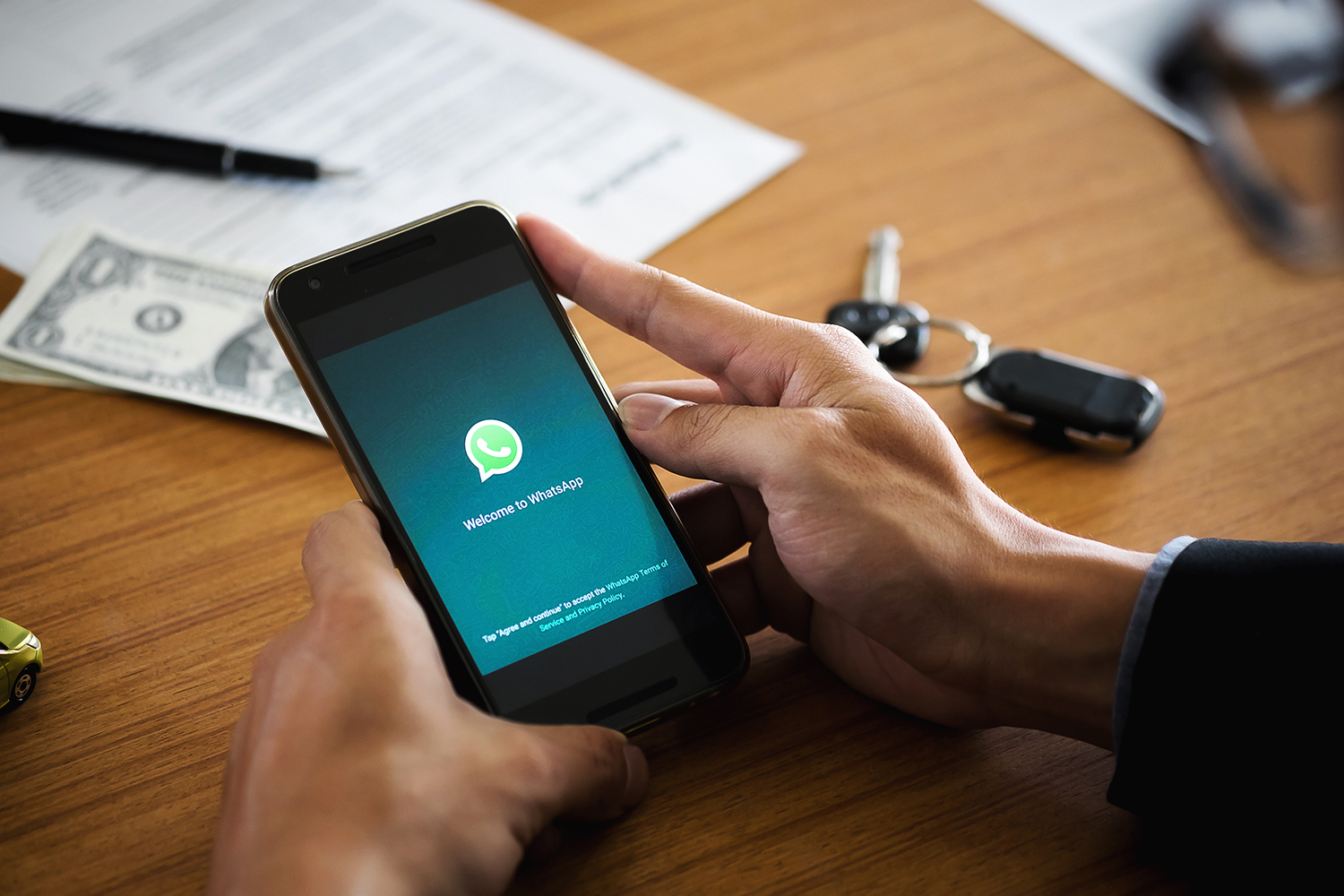How to Help Multilingual Audiences with Conversational Marketing
How to Help Multilingual Audiences with Conversational Marketing

We are blessed in the middle east to live in a region where dozens of different languages are spoken every day in our cosmopolitan cities, and where people from all over the world choose to live and work. All these communities have varied languages and different ways of communicating.
This diversity benefits us all in so many ways from richer food choices to culture, and an increased understanding of the world. But it can also bring challenges in communication.
Wherever your business is based in the world, you can be sure that your customer base is as diverse as the society in which you operate. So as a business, how do you make sure that you are communicating effectively with your customers and potential customers?
Conversational marketing with its use of multiple platforms and 2-ways conversations has the potential to make multilingual conversations easier and to help businesses reach their target markets instantly.
The Significance of Multilingual Communication
In the vibrant and diverse landscape of the Middle East, the significance of multilingual communication cannot be overstated. With a rich tapestry of cultures, languages, and nationalities, businesses operating in the region have a unique opportunity to engage with a diverse and multilingual market.
Throughout the region, Arabic is the main spoken language although English is widely spoken in business and commercial sectors. However, the region's multicultural fabric also includes communities that speak languages such as Urdu, Hindi, Tagalog, and many more.
To effectively engage with these multilingual audiences, businesses can use conversational marketing strategies that cater to some or all these diverse language preferences and can build trust, encourage meaningful connections, and improve customer satisfaction.
In the Middle East, where cross-border business and international trade are common, the ability to communicate with customers in their own languages can become a competitive advantage. Multilingual communication makes for smoother transactions, minimizes misunderstandings, and builds stronger relationships with customers from various cultural backgrounds.
Conversational Marketing for Multilingual Experiences
Conversational marketing offers businesses powerful tools to contact and talk to multilingual customers in a straightforward and easy-to-use way. By integrating these channels with internal systems, businesses can handle queries instantly, and in as many languages as they choose.
Instant Messaging and SMS

Instant messaging apps and SMS are immensely popular in the region and platforms like WhatsApp are used by over 22 million people on a daily basis in Saudi Arabia alone. Through using the WhatsApp Business API, any business can integrate WhatsApp with its internal systems and capture its customers’ language preferences. This means that the next time the same customer reaches out or is contacted by the business, Their preferred language is already known and a useful conversation can begin straight away. Actions like this make the customer feel valued and listened to. This can lead to far greater loyalty.
Multi-lingual Chatbots
Chatbots on a website or social channels can act in a similar way. They can capture preferences early on in a conversation and can act accordingly, either by transferring to an agent who can converse in that language straight away or, if the chatbot has been configured to recognize and respond in multiple languages, can handle the query itself. Conversational AI tools that translate instantly and can be used to power multi-lingual chatbots are improving rapidly and in many cases, the translation will be so quick and accurate that the user is not aware of any translation taking place. Again, once information about a language preference has been captured once, that data can be stored by the company so that in subsequent interactions, the customer's preferred language is used from the outset.
Email marketing remains a powerful tool in conversational marketing, enabling businesses to send personalized and localized messages to multilingual audiences. By accurately capturing, storing, and distributing language preference data across all available channels and departments, the content and language of emails can be tailored accordingly. This ensures that emails sent are relevant to the people receiving them rather than a one-size-fits-all generic mailer. The more a customer feels you are talking to them directly, the more they are likely to engage.
IVR
Voice-based interactions through IVR platforms or instant messaging apps or voice assistants are also an opportunity to speak to customers in a language they are most comfortable with. By asking early on in any conversation what their preferences are, businesses can show an understanding of their customer's needs and act accordingly. Storing this information in a central location for future conversations across all platforms can pay dividends.
By using messaging apps, SMS, multi-lingual chatbots, emails, and voice-based platforms such as IVR, businesses can bridge language gaps and deliver personalized experiences. This approach taps into the region's diverse market, expands reach, and cultivates lasting customer loyalty. With conversational marketing, businesses can speak their customers' language, create better conversations, and make meaningful connections. To speak to unifonic about multilingual conversational marketing solutions. Contact us here
Related articles

26 September 2022
The Essential Guide to Using WhatsApp Business for Banks
Read more



